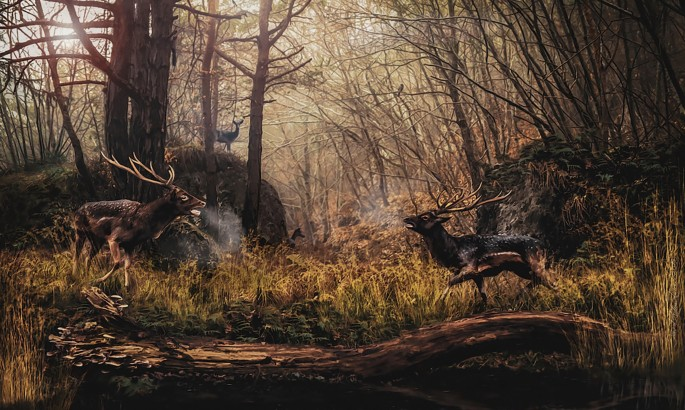Back in the day things were differen...or were they? let's find it out in this singular prehistoric adventure!

For this study we worked on well-preserved Early Pleistocene deer fossils from Pantalla, Italy, attributed to Pseudodama nestii.
we analyzed their morphology, including cranial features, teeth, and postcranial bones, using CT scans to examine internal structures and palaeotraumatological evidence. our findings reveal a mix of characteristics shared with both modern Dama (fallow deer) and Cervus (red deer), with Dama-like features being more prominent, and suggesting ‘Pseudodama’ holds a basal position within the Cervini tribe.
The presence of healed injuries on male crania, particularly antler anomalies, provided insights into the deer's life, including potential fighting behavior during the rutting season. Overall, this collection offers a valuable window into the palaeobiology of these extinct deer - and a new, creative way of using animal behaviour to solve a prehistoric mystery!
Find more about this study here.
Image© Dawid A. Iurino
Create Your Own Website With Webador